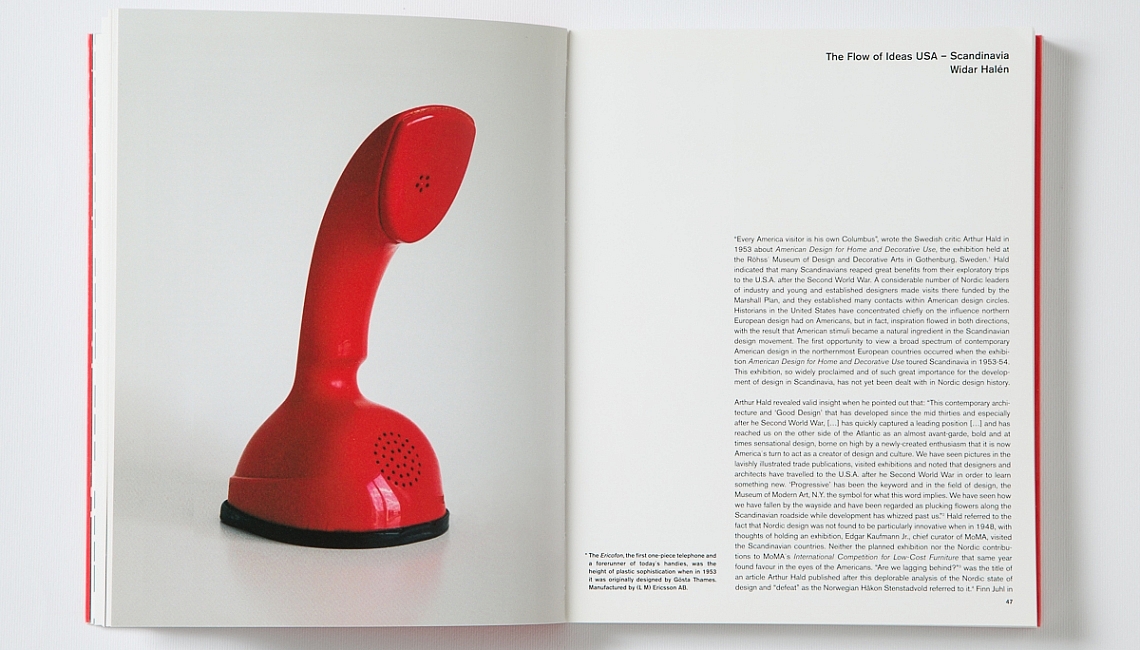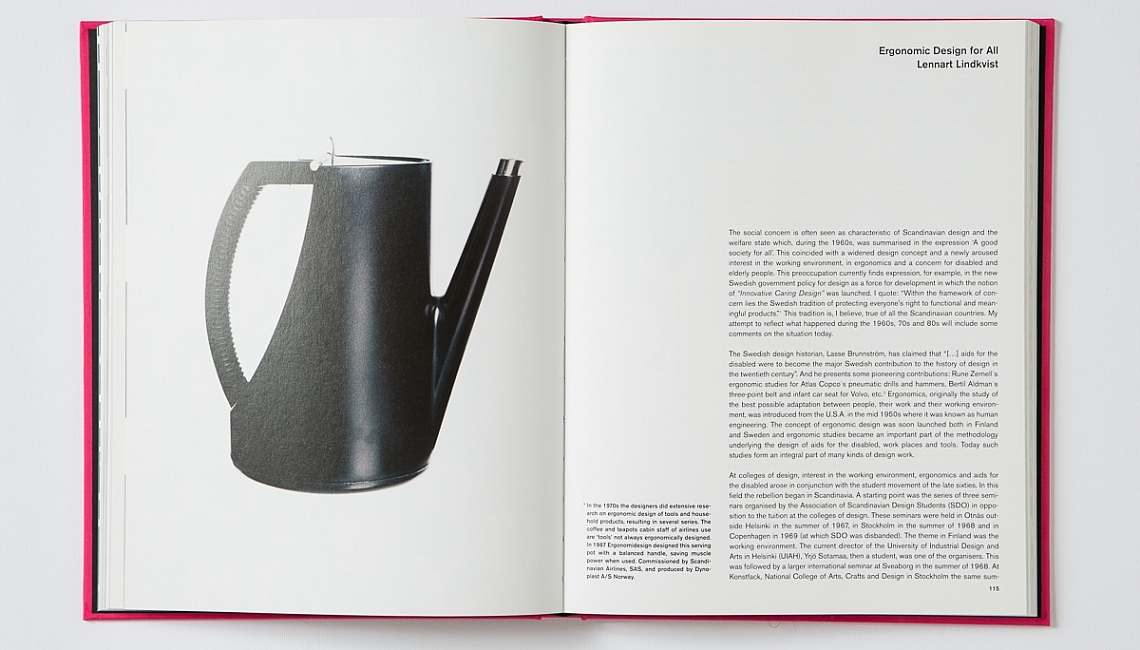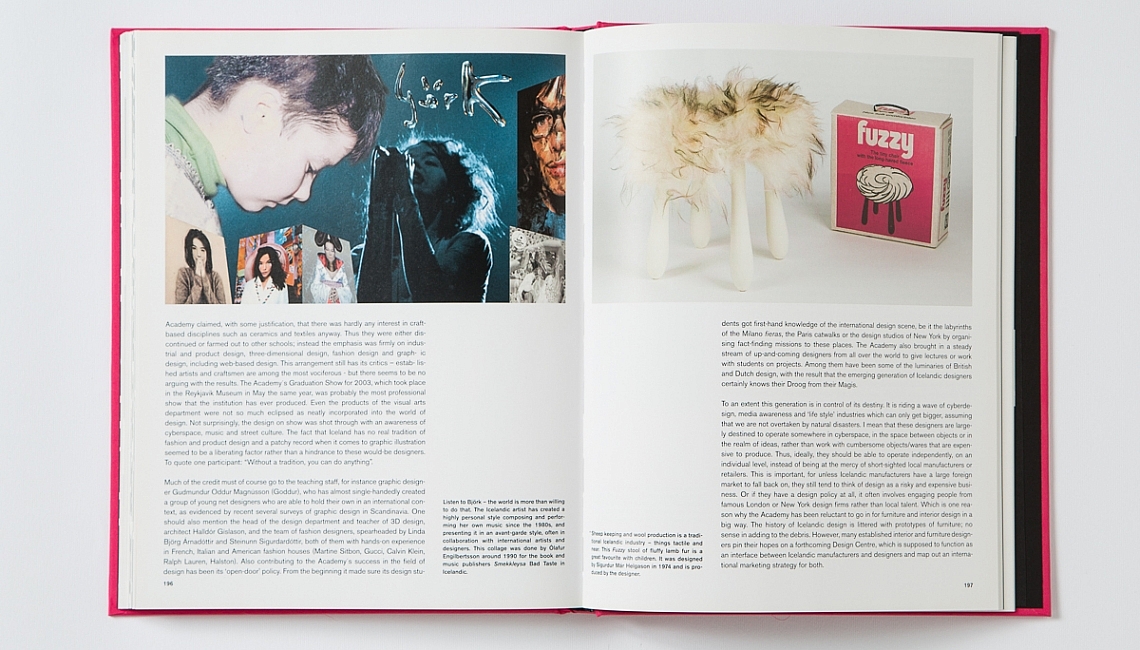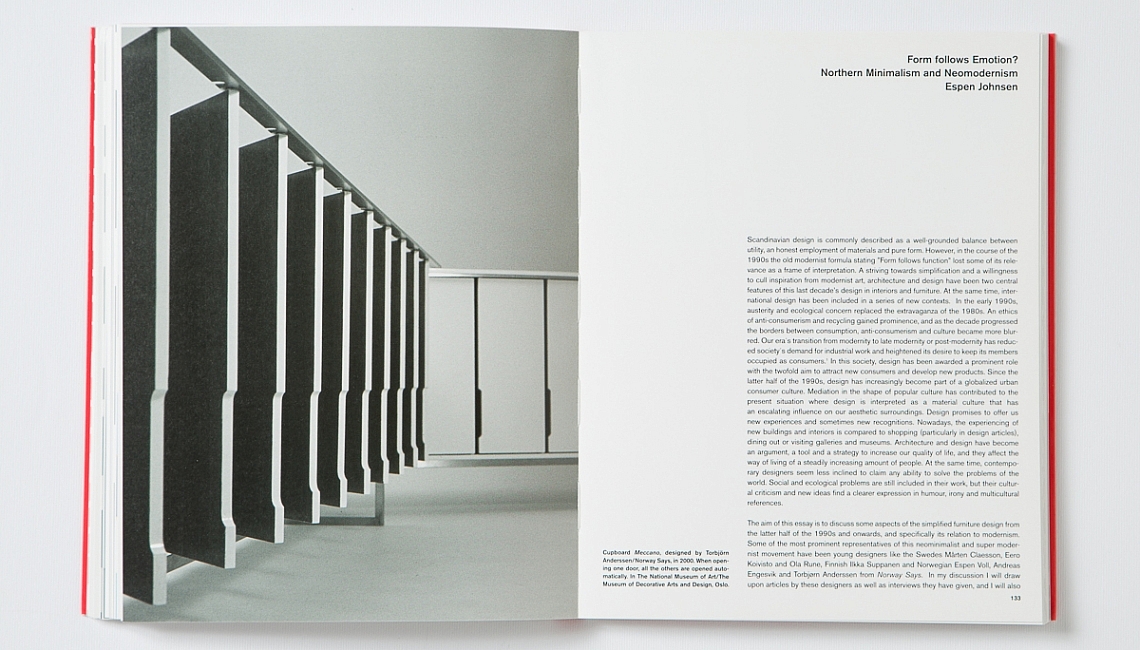




Scandinavian design has become synonymous with the development of modernism in the 1950s and 1960s, and it has been featured in numerous exhibitions, trade shows and publications. Either as a commodity, in international trade or as part of a cultural project – official and unofficial – it was to present Scandinavia.
In this way, Scandinavian design came to mean a range of things, often developed from a set of myths about Scandinavia, the place and the people who lived there. This may have been a fiction to suit the rest of the world, but it was also a fiction that suited the North, especially Nordic manufacturers. They made their way to the international markets with objects that became “icons” of modernity and good taste, some of which are still produced and bought today as classics.
Traditionally, Scandinavian design has been associated with simple, uncomplicated design, functionality and a democratic approach. These are the characteristics that must be reassessed in the light of recent research on modernism. In any case, Scandinavian design provides us with a paradigm in order to understand the makings of modern life, and we see that it still has meaning for people the world over.
In the course of half a century, Scandinavian design has become an established phenomenon, retaining its positive resonance. During the flowering of postmodernism in the 1970s and 1980s, there was less focus on the concept, but by the early 1990s however, it had made a comeback. Now the time has come for a serious reassessment of Scandinavian design, including all the countries in the Nordic community that have contributed to the formation of this identity: Denmark, Iceland, Finland, Norway and Sweden.
Edited by Widar Halén och Kerstin Wickman.
In stock